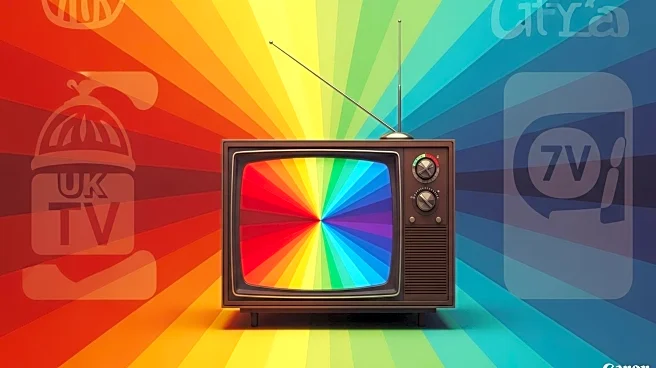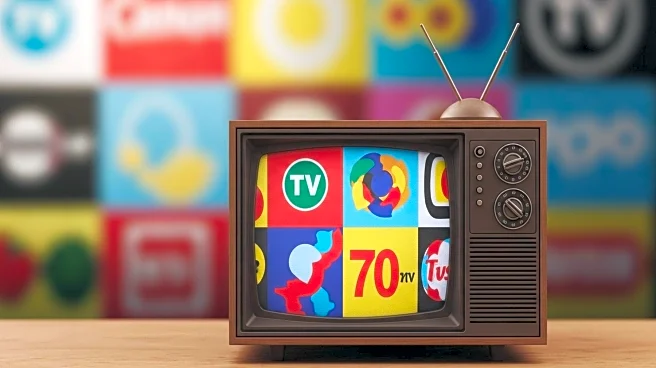What's Happening?
The UK's first television advertisement, which aired 70 years ago, marked a significant milestone in the history of advertising. Created by Young & Rubicon copywriter Brian Palmer, the ad for Gibbs SR toothpaste was broadcast on ITV following the 1954 Television Act, which allowed commercial television in the UK. Despite its historical significance, the ad was initially overshadowed by other events, such as the death of a character on the radio soap 'The Archers'. The ad featured typical elements still seen in modern advertising, such as product shots and voiceovers. Over the decades, TV advertising has evolved, influenced by American styles and later developing a distinctly British approach. The industry has seen changes in style, execution, and the role of TV ads in culture, with humor and jingles becoming less prevalent, while synergy across media channels has gained importance.
Why It's Important?
The evolution of TV advertising over the past 70 years highlights the changing dynamics of media consumption and marketing strategies. As TV ads have become integral to cultural expression, they reflect societal values and trends. The decline in humor and jingles suggests shifts in consumer preferences and advertising effectiveness. The increased importance of synergy across media channels underscores the need for cohesive marketing strategies in a fragmented media landscape. This evolution impacts advertisers, media companies, and consumers, influencing how brands communicate and engage with audiences. Understanding these changes is crucial for stakeholders aiming to leverage TV advertising's cultural and commercial potential.
What's Next?
As TV advertising continues to evolve, stakeholders may focus on integrating ads with broader media strategies to enhance effectiveness. Advertisers might explore new formats, such as branded entertainment, to engage audiences more deeply. The role of TV ads in shaping and reflecting culture will likely remain significant, prompting advertisers to consider cultural diversity and authenticity in their campaigns. Future developments may include increased use of data-driven insights to tailor ads to specific audiences and contexts, ensuring relevance and impact. The ongoing evolution of TV advertising will require adaptability and innovation from industry players.
Beyond the Headlines
The deeper implications of TV advertising's evolution include ethical considerations around cultural representation and the impact of advertising on societal norms. As ads become more integrated with cultural narratives, advertisers face the responsibility of portraying diverse and authentic stories. This shift could lead to more inclusive and equitable advertising practices, influencing public perceptions and fostering social change. Additionally, the role of TV ads in shaping consumer behavior and preferences highlights the power of media in driving economic activity and cultural trends. These factors underscore the importance of responsible and creative advertising in today's media landscape.










